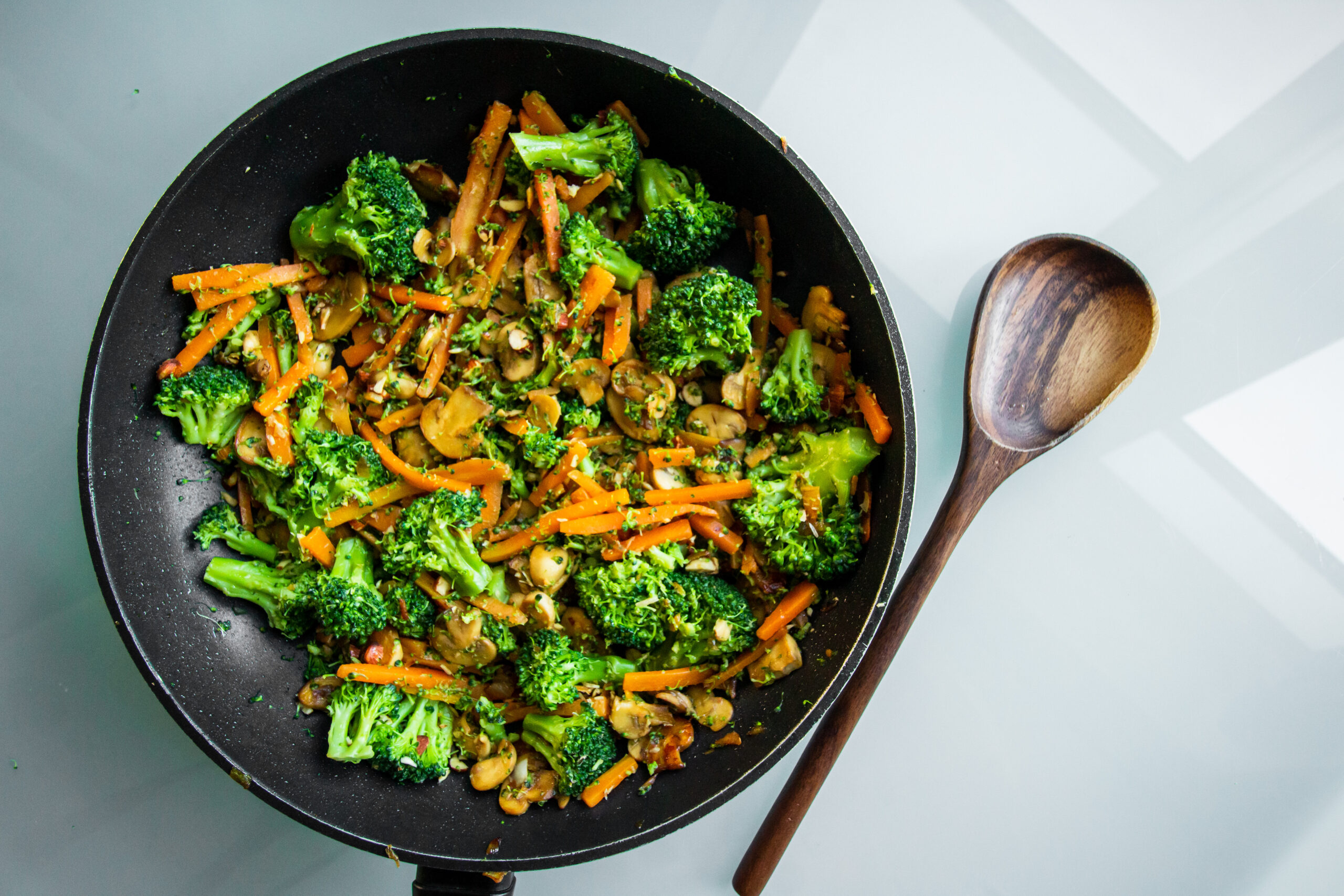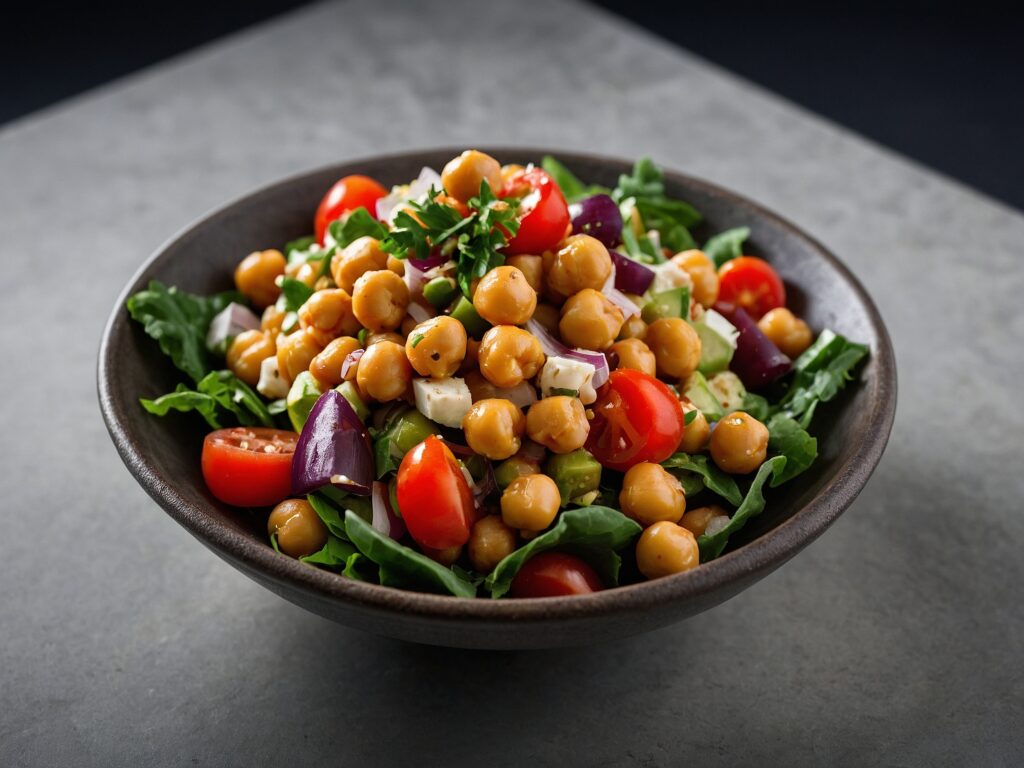Best Bedding Quotes for Instagram & Home Inspiration


Cooking vegetarian dishes can be a delightful and rewarding experience, offering a world of flavors, textures, and aromas that cater to both the palate and the soul. However, creating meals that are both satisfying and nutritionally balanced can sometimes pose a challenge, especially for those new to plant-based cooking. This article aims to provide practical advice, troubleshooting tips, and delicious recipes to elevate your vegetarian cooking skills, ensuring that your meals are not only healthy but also bursting with flavor and creativity.
Creating depth of flavor in vegetarian dishes often requires a thoughtful approach to seasoning and cooking techniques. One of the most effective methods is layering flavors, which involves adding ingredients at different stages of cooking to build complexity. Start with aromatics like onions, garlic, and ginger, sautéing them to release their natural oils and enhance their flavors.
Another key technique is the use of umami-rich ingredients. Mushrooms, soy sauce, miso, and nutritional yeast are excellent choices that add a savory richness to dishes. Roasting vegetables is also an effective way to concentrate their natural sugars and develop a caramelized exterior, providing an additional layer of flavor.
Don’t underestimate the power of fresh herbs and spices. Using a combination of dried and fresh herbs can elevate a dish, while spices such as cumin, coriander, and smoked paprika can introduce warmth and depth. Balancing these elements is crucial to achieving a harmonious dish.
One common mistake in vegetarian cooking is relying too heavily on carbohydrates, which can lead to meals that are unbalanced and lacking in protein. To avoid this, incorporate a variety of protein sources such as legumes, tofu, tempeh, and quinoa.
Another frequent error is under-seasoning. Vegetables can absorb a lot of flavor, so be generous with your seasonings and taste as you go. If a dish tastes flat, consider adding a splash of acid, such as lemon juice or vinegar, to brighten the flavors.
Overcooking vegetables is also a typical pitfall. Vegetables should be cooked until just tender to preserve their nutrients and vibrant colors. If you find that your vegetables are often overcooked, try steaming or blanching them for a shorter duration.
Lastly, neglecting texture can result in monotonous dishes. Incorporate a variety of textures by adding crunchy elements like nuts or seeds, or by contrasting creamy and crisp components within a dish.
Ingredient substitutions can be a lifesaver, especially when you don’t have a specific item on hand or need to accommodate dietary restrictions. For example, if a recipe calls for eggs as a binder, you can use flaxseed meal mixed with water or applesauce as a plant-based alternative.
If you run out of a particular vegetable, consider substituting with another that has a similar texture or flavor profile. For instance, if you’re out of zucchini, yellow squash or eggplant can be excellent replacements.
For creamy sauces, swap out dairy with coconut milk or cashew cream, both of which provide a rich and satisfying texture. Nutritional yeast can be used as a cheese substitute, offering a nutty and cheesy flavor without the dairy.

Ingredients:
2 cups mixed vegetables (such as bell peppers, broccoli, and carrots), 1 block firm tofu, 2 tablespoons soy sauce, 1 tablespoon sesame oil, 1 clove garlic, minced, 1 teaspoon grated ginger.
Method:
Cut the tofu into cubes and sauté in sesame oil until golden brown. Add garlic and ginger, followed by the mixed vegetables. Stir-fry for 5-7 minutes, then add soy sauce. Serve over steamed rice or noodles.
Ingredients:
1 can chickpeas, drained and rinsed, 1 cucumber, diced, 1 tomato, diced, 1/4 red onion, thinly sliced, 2 tablespoons olive oil, juice of 1 lemon, salt and pepper to taste, 1/4 cup chopped fresh parsley.
Method:
In a large bowl, combine chickpeas, cucumber, tomato, and onion. Drizzle with olive oil and lemon juice, season with salt and pepper, and toss to combine. Garnish with parsley before serving.
Ingredients:
12 large pasta shells, 1 cup ricotta cheese, 1 cup cooked spinach, 1 cup marinara sauce, 1/4 cup grated Parmesan cheese, salt and pepper to taste.
Method:
Preheat oven to 375°F (190°C). Cook pasta shells according to package instructions. Mix ricotta, spinach, salt, and pepper in a bowl. Stuff each shell with the mixture and place in a baking dish. Cover with marinara sauce and sprinkle with Parmesan. Bake for 25 minutes.
Balancing flavors is crucial to creating a satisfying vegetarian dish. The key is to achieve a harmony of sweet, salty, sour, and bitter elements. Start by identifying the dominant flavors in your dish and adjust accordingly. If a dish is too salty, balance it with a touch of sweetness, such as a drizzle of honey or a pinch of sugar.
To enhance savory flavors, incorporate umami-rich ingredients like tomatoes, mushrooms, or soy sauce. If a dish feels heavy, a splash of acid from lemon juice or vinegar can provide a refreshing contrast. Consider the interplay of textures as well; a creamy component can be balanced with something crisp or crunchy.
Reimagining classic recipes with a vegetarian twist can be both fun and delicious. For instance, transform a traditional meat lasagna into a vegetable-packed version by layering roasted zucchini, eggplant, and bell peppers with ricotta and marinara sauce.
For a unique take on tacos, replace meat with spiced lentils or black beans, and top with avocado, salsa, and fresh cilantro. Similarly, a classic shepherd’s pie can be reinvented using lentils or mushrooms for the filling, topped with creamy mashed potatoes.
Experimentation is key to discovering new favorite dishes. Don’t be afraid to mix and match ingredients and flavors to create a meal that is uniquely yours.